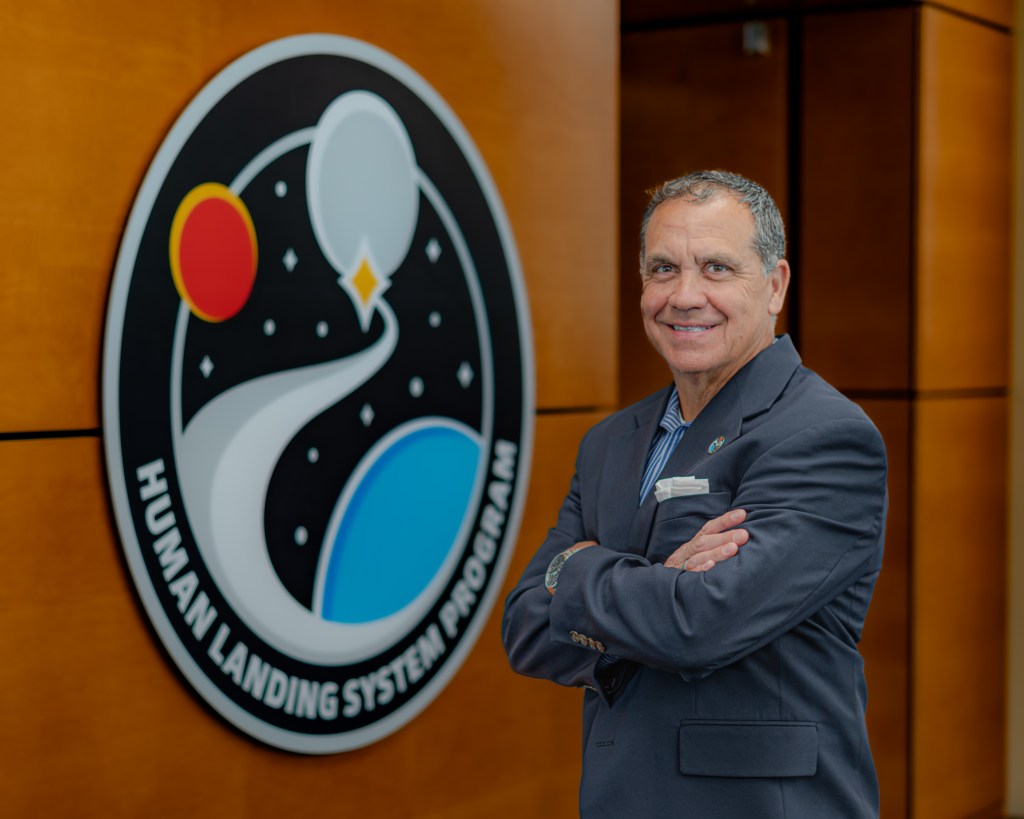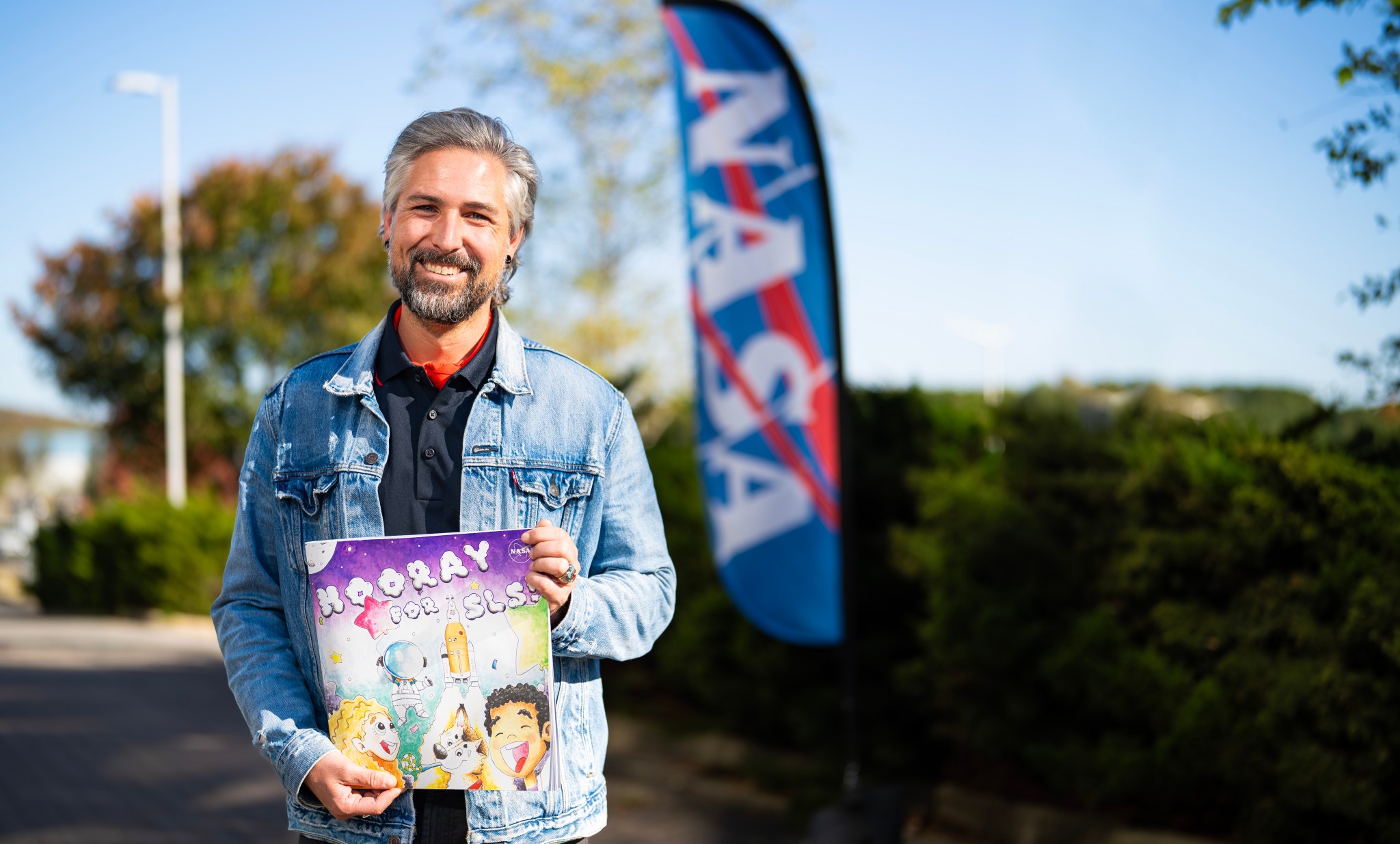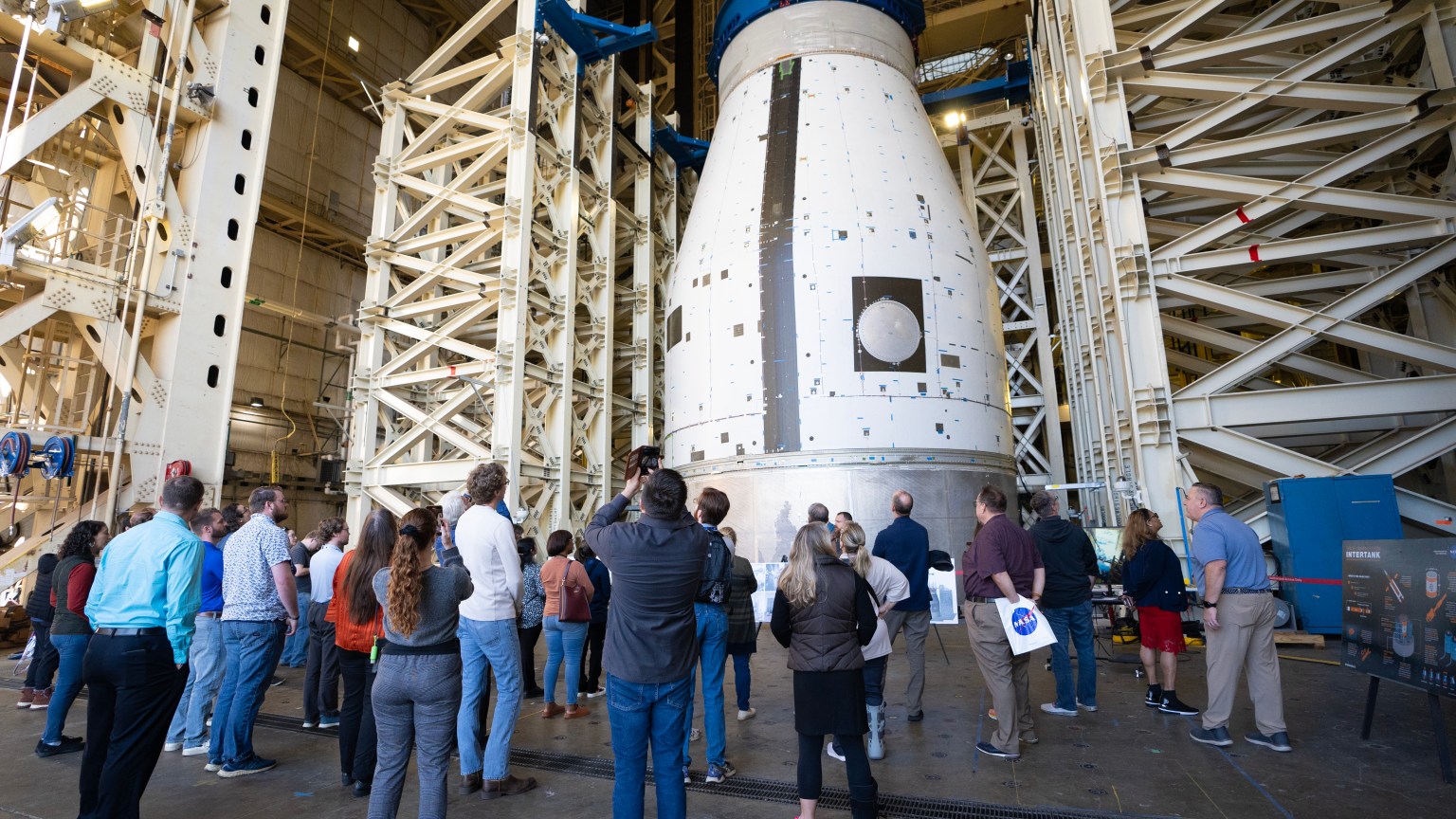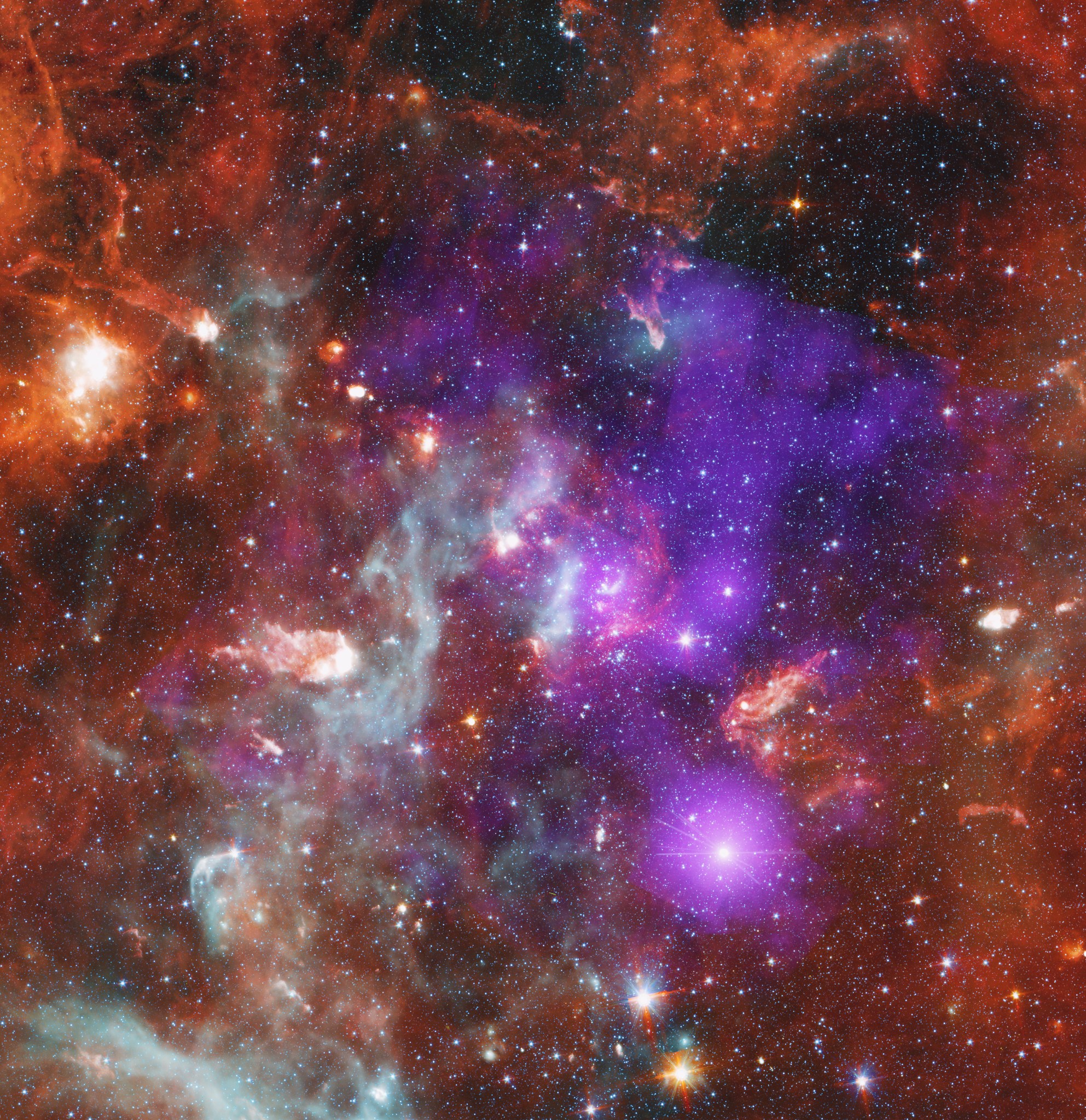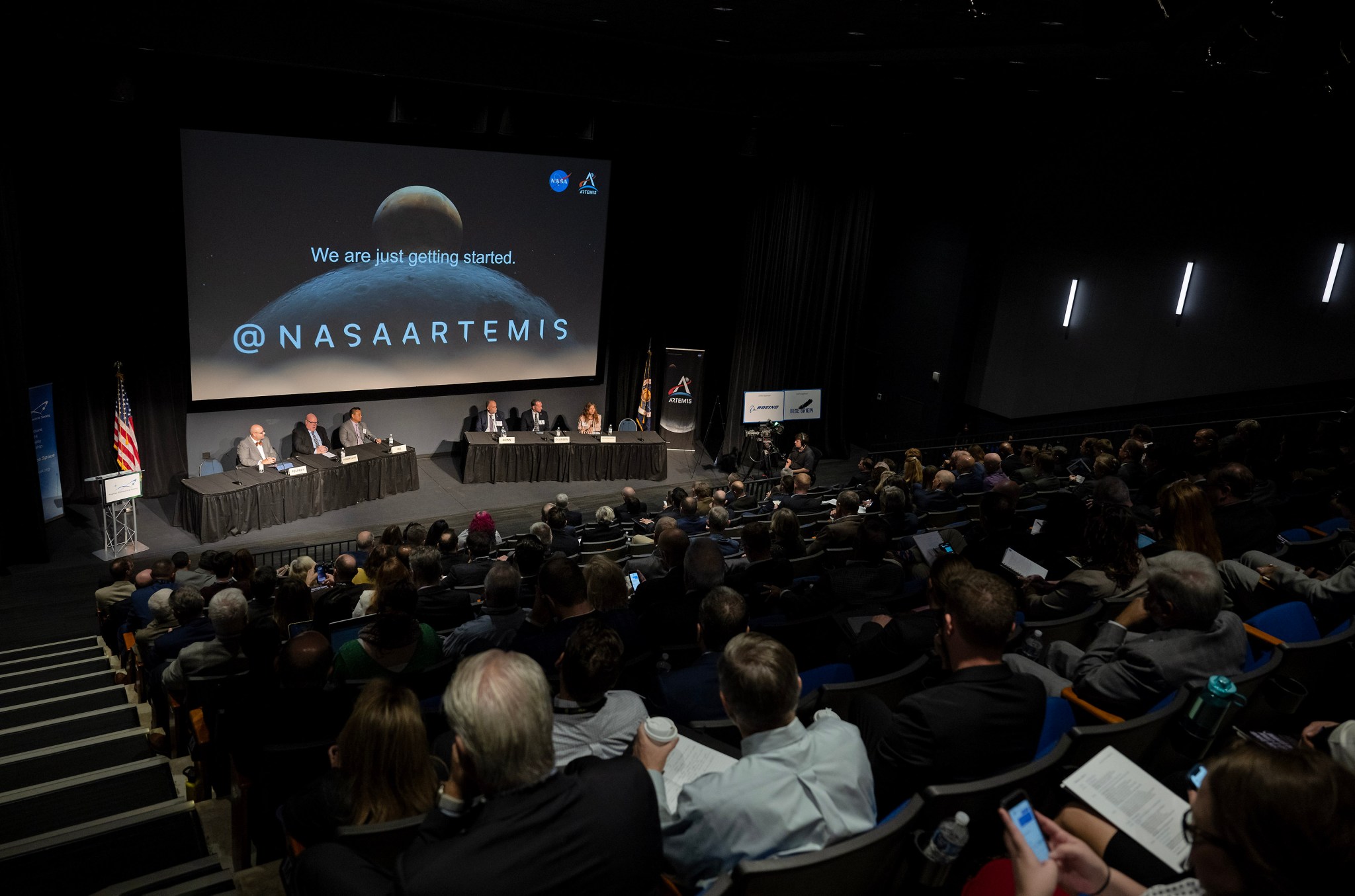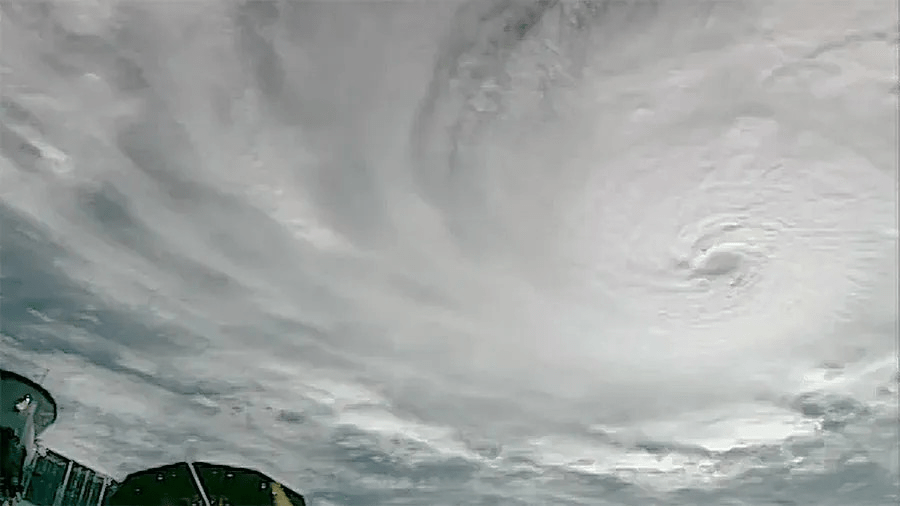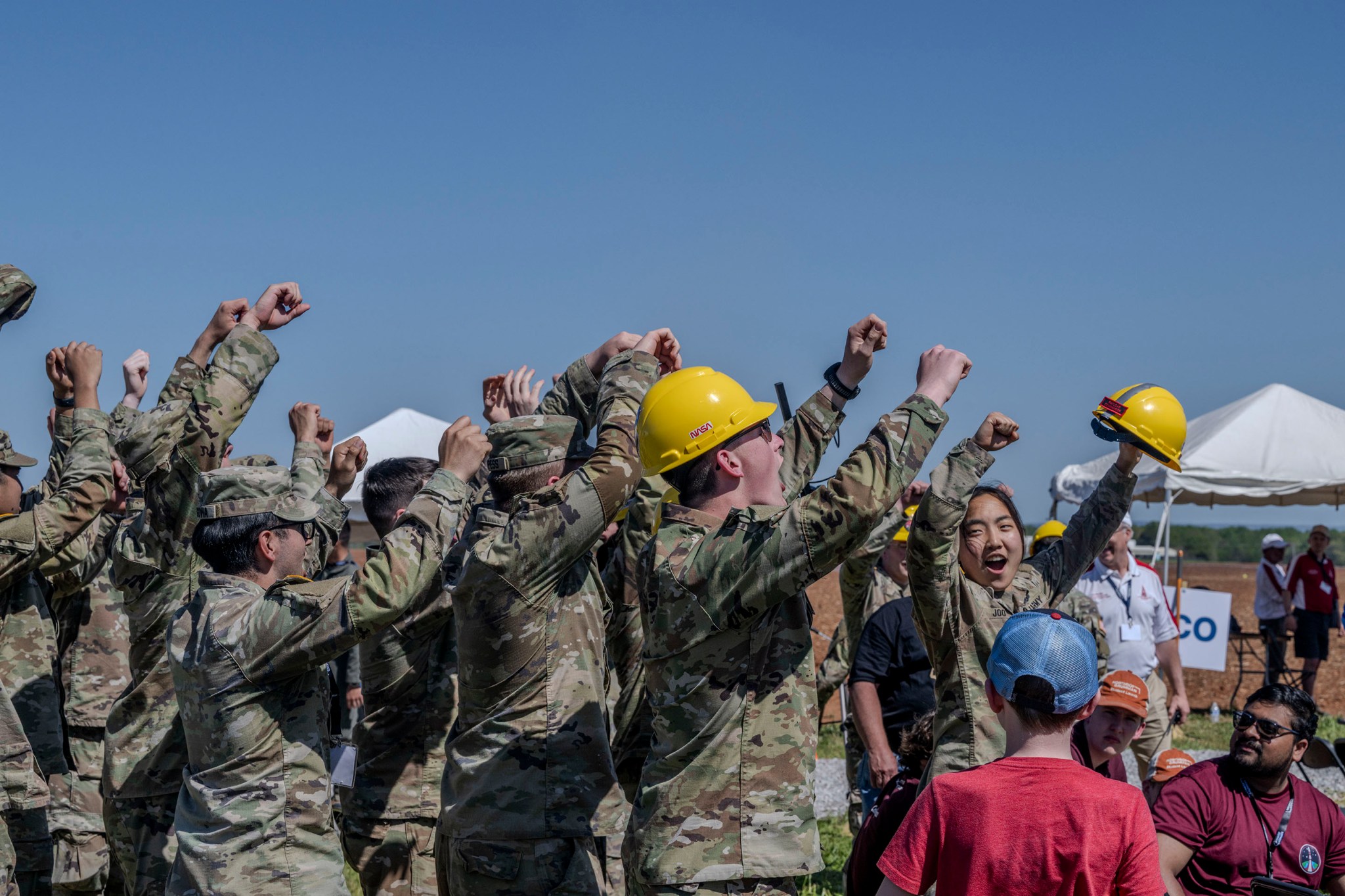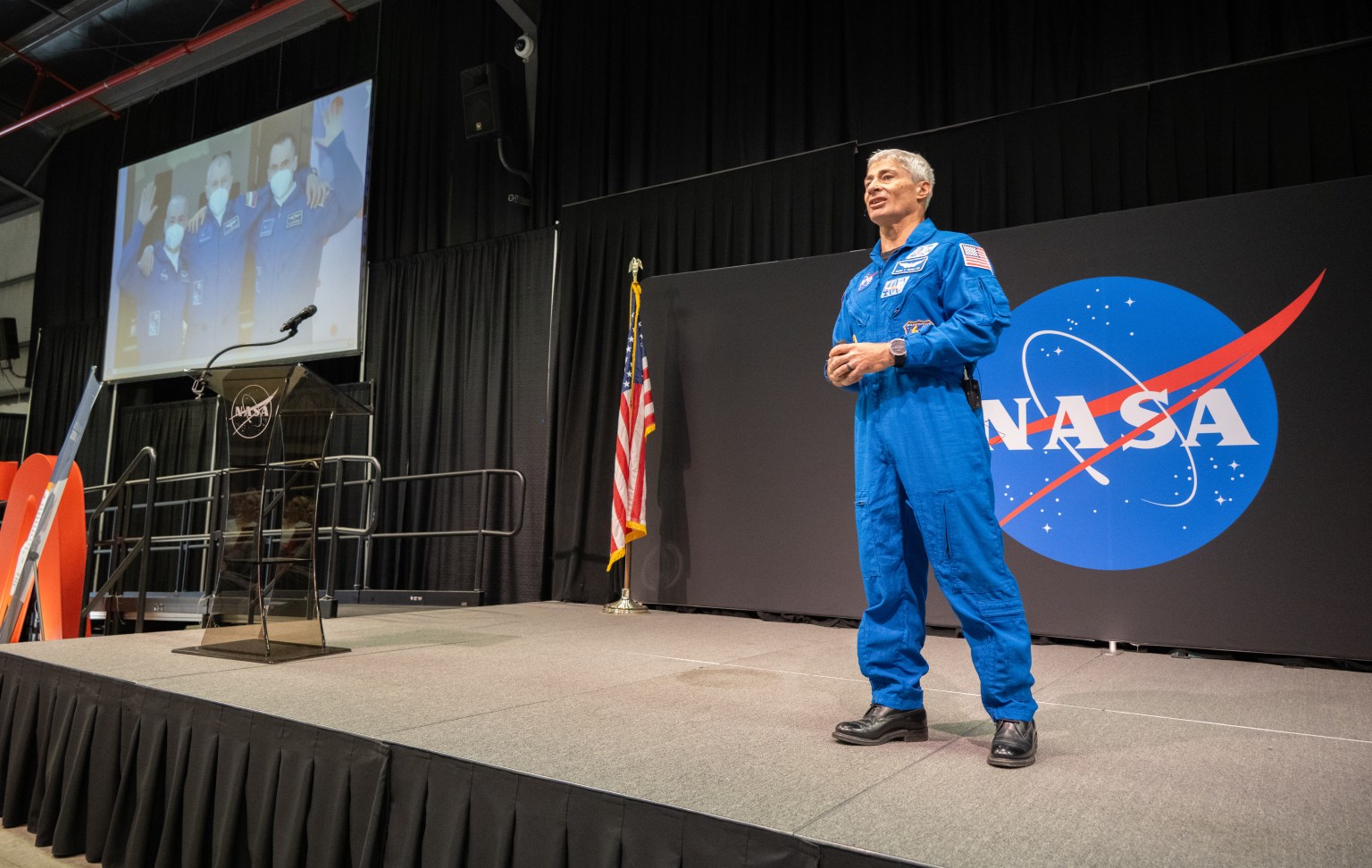NASA HLS (Human Landing System) Program strategic communicator and U.S. Navy Reservist Public Affairs Officer Joe Vermette brings a wealth of public service to Artemis communication activities. NASA/Ken Hall Coming from a Navy family, Vermette was inspired to military service by the example of his brother, uncles and father, who admired President John Kennedy’s call to land on the Moon and for citizens to do what they can for our country. Photo courtesy Joe Vermette While some stand on the sidelines and witness history, others are destined to play a…
Read MoreTag: Marshall Space Flight Center
I am Artemis: Lane Polak
Lane Polak is a technical writer for NASA’s SLS (Space Launch System), where he is responsible for creating content that raises public awareness of NASA and specifically SLS. NASA/Samuel Lott Growing up, Lane Polak didn’t have much interest in space. Instead, he was busy writing stories, doodling, or riding his skateboard. He later dreamed of becoming an author but also considered stepping into the arena as an American Gladiator. After earning a degree in communications with a minor in English from the University of Alabama in Huntsville, Polak chose to…
Read MoreThe Marshall Star for October 30, 2024
23 Min Read The Marshall Star for October 30, 2024 Editor’s Note: Starting Nov. 4, the Office of Communications at NASA’s Marshall Space Flight Center will no longer publish the Marshall Star on nasa.gov. The last public issue will be Oct. 30. To continue reading Marshall news, visit nasa.gov/marshall. Marshall Team Members View Progress Toward Future Artemis Flights Blake Stewart, lead of the Thrust Vector Control Test Laboratory inside Building 4205 at NASA’s Marshall Space Flight Center, explains how his team tests the mechanisms that steer engine and booster nozzles of NASA’s…
Read MorePlanets Beware: NASA Unburies Danger Zones of Star Cluster
X-ray: NASA/CXC/SAO/J. Drake et al, IR: NASA/JPL-Caltech/Spitzer; Image Processing: NASA/CXC/SAO/N. Wolk Most stars form in collections, called clusters or associations, that include very massive stars. These giant stars send out large amounts of high-energy radiation, which can disrupt relatively fragile disks of dust and gas that are in the process of coalescing to form new planets. A team of astronomers used NASA’s Chandra X-ray Observatory, in combination with ultraviolet, optical, and infrared data, to show where some of the most treacherous places in a star cluster may be, where planets’…
Read MoreNASA Invites Media to 2024 von Braun Space Exploration Symposium
2 min read Preparations for Next Moonwalk Simulations Underway (and Underwater) Hundreds of students, scientists, and other stakeholders listen in person and online as NASA leaders discuss the Artemis missions during the 2023 von Braun Space Exploration Symposium held Oct. 25–27 at the University of Alabama in Huntsville. NASA / Charles Beason Media are invited to attend the 2024 von Braun Space Exploration Symposium Monday Oct. 28 to Wednesday, Oct. 30 at the University of Alabama in Huntsville. Organized by the American Astronautical Society in collaboration with NASA’s Marshall Space…
Read MoreNASA Awards Custodial, Refuse Collection Contract
1 min read Preparations for Next Moonwalk Simulations Underway (and Underwater) NASA has selected All Native Synergies Company of Winnebego, Nebraska, to provide custodial and refuse collection services at the agency’s Marshall Space Flight Center in Huntsville, Alabama. The Custodial and Refuse Collection Services III contract is a firm-fixed-price contract with an indefinite-delivery/indefinite-quantity provision. Its maximum potential value is approximately $33.5 million. The performance period begins Wednesday, Oct. 23, and will extend four and a half years, with a one-year base period, four one-year options, and a six-month extension. This…
Read MoreThe Marshall Star for October 9, 2024
30 Min Read The Marshall Star for October 9, 2024 Marshall Lends Insight, Expertise to Auburn Aerospace Industry Day Event By Rick Smith Nearly 500 students and faculty of Auburn University gathered on campus Sept. 30-Oct. 2 to hear lectures from leading NASA propulsion and engineering experts and to talk careers goals and opportunities with representatives of the U.S. space program and various aerospace industry firms. The Aerospace Industry Day event, exclusively focused on careers supporting rocketry and space exploration, was the first of its kind at Auburn. University spokespersons…
Read MoreNASA Announces Teams for 2025 Student Launch Challenge
3 min read Preparations for Next Moonwalk Simulations Underway (and Underwater) Students celebrate after a successful performance in the 2024 Student Launch competition at Bragg Farms in Toney, Alabama. NASA NASA has selected 71 teams from across the U.S. to participate in its 25th annual Student Launch Challenge, one of the agency’s Artemis Student Challenges. The competition is aimed at inspiring Artemis Generation students to explore science, technology, engineering, and math (STEM) for the benefit of humanity. As part of the challenge, teams will design, build, and fly a high-powered…
Read MoreNASA Announces Teams to Compete in International Rover Challenge
2 min read Preparations for Next Moonwalk Simulations Underway (and Underwater) NASA MSFC HERC is the annual engineering competition – one of NASA’s longest standing challenges – held its concluding event April 19 and April 20, at the U.S. Space & Rocket Center in Huntsville, near NASA’s Marshall Space Flight Center. NASA NASA has selected 75 student teams to begin an engineering design challenge to build rovers that will compete next spring at the U.S. Space and Rocket Center near the agency’s Marshall Space Flight Center in Huntsville, Alabama. The…
Read MoreThe Marshall Star for October 2, 2024
20 Min Read The Marshall Star for October 2, 2024 The Fabric of Marshall: Center Hosts Safety Day 2024 By Serena Whitfield “Safety Woven Throughout the Fabric of Marshall” was the theme for Safety Day at NASA’s Marshall Space Flight Center on Sept. 26. Kickoff activities were held in Building 4316 and other sites around the center. “It is crucial to ensure that each of us weaves safety into everything we do, not only at work, but in our daily lives,” Marshall Director Joseph Pelfrey said. NASA Marshall Space Flight…
Read More